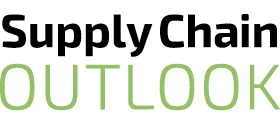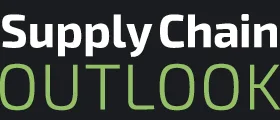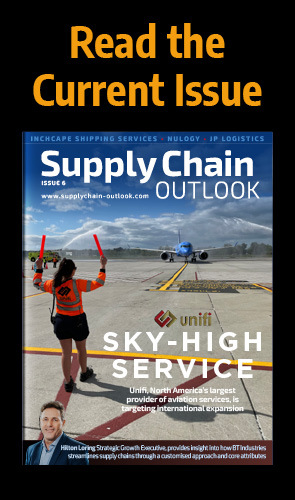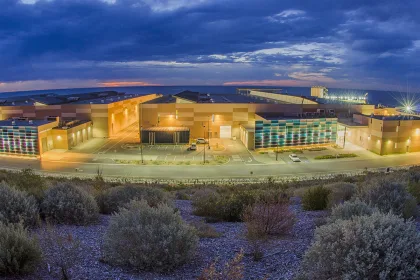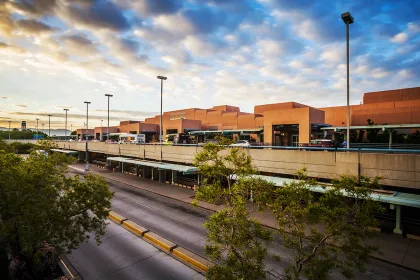Essential for preserving integrity from point of origin to consumption, the cold chain plays a crucial role in maintaining the quality, safety, and freshness of perishable products throughout Australia.
AUSTRALIAN COLD CHAIN SPOTLIGHT
The Australian cold chain is integral to ensuring that perishable goods are delivered in optimal condition to consumers, fulfilling demands for quality and safety while supporting economic and public health objectives.
A complex system that requires ongoing innovation, strict regulatory compliance, and effective management to adapt to the challenges of a global market, the cold chain provides controlled temperature environments necessary for preserving these products.
By maintaining specific temperatures, the cold chain ensures that food items such as meat, dairy, fruits, and vegetables remain fresh, retaining their nutritional value and safety until they reach the consumer.
Effective cold chain management also significantly reduces the likelihood of spoilage by inhibiting the growth of pathogenic microbes and slowing the enzymatic breakdown of food products.
This not only helps in reducing food waste, but also ensures economic efficiency by minimising the loss of valuable goods.
By extending the life of perishable products, the cold chain enables producers to reach markets that may have previously been inaccessible due to distance or transit times, opening up new opportunities for growth and expansion for Australian businesses both domestically and internationally.
Products that are well-preserved and maintained through effective cold chain management also often command a higher market value, meaning consumers and businesses are willing to pay a premium for goods that guarantee freshness and safety.
Consistent and reliable cold chain management likewise leads to higher consumer satisfaction, as it ensures products maintain their desired state and quality from the point of production to the point of sale.
To prevent foodborne illnesses, meanwhile, it is crucial that proper cold chain practices are maintained as many perishable foods can harbour bacteria and other pathogens if they are not stored and transported at correct temperatures.
The Australian cold chain helps to mitigate such risks, contributing to public health and safety in the country.
It equally ensures compliance with strict regulatory standards regarding the transportation and storage of perishable items, particularly food and pharmaceuticals, which are designed to protect consumers and ensure businesses operate within legal requirements.
To futureproof its critical role, the cold chain in Australia is continually evolving with technological advancements such as real-time temperature monitoring, Internet of Things (IoT)-based logistics, and improved refrigeration equipment.
These technologies further enhance the efficiency and reliability of the cold chain, reducing energy consumption and improving environmental sustainability.
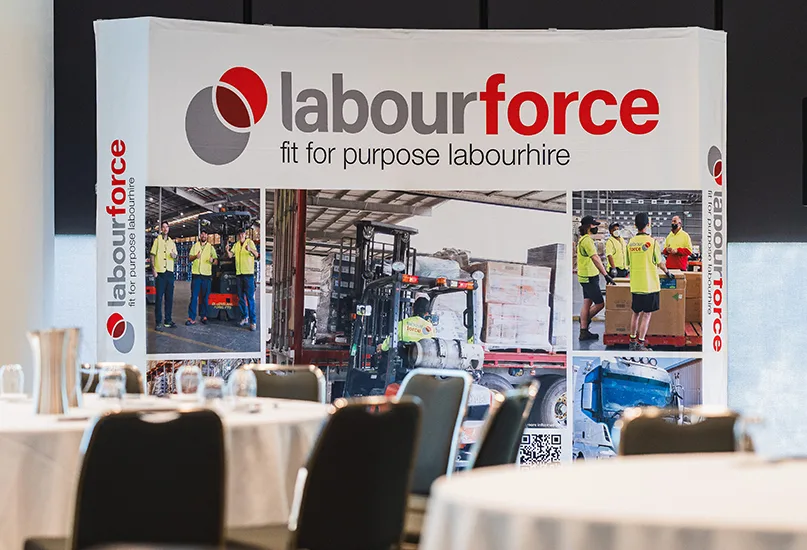
Q&A WITH MARIANNE KINTZEL, EXECUTIVE OFFICER, REFRIGERATED WAREHOUSE AND TRANSPORT ASSOCIATION OF AUSTRALIA
Marianne Kintzel, Executive Officer, outlines the vital role of the Refrigerated Warehouse and Transport Association of Australia (RWTA) amid the latest industry developments, such as set-point temperature changes and booming demand for cold storage facilities
Firstly, please could you introduce us to RWTA and explain your purpose?
Marianne Kintzel, Executive Officer (MK): RWTA represents the industry sectors involved in the Australian cold chain and looks to meet the increasing demands of Australia through the provision of temperature-controlled warehousing, refrigerated transport, and related essential services.
Our purpose is to strengthen and invigorate the Australian cold chain by providing insightful and ethical leadership for our members.
What is your current take on the Australian cold chain? Is it particularly exciting or challenging to work in?
MK: It is a dynamic and exciting industry to be involved in, but not without its challenges. Where there are people, there needs to be effective cold chain processes in place.
The cost of energy is forever increasing, sustainability processes need to be implemented, and a skilled labour force requires attention. For instance, Australia is tens of thousands short of skilled truck drivers, and with an average age of 58, it is set to get worse rather than better.
Throughout the COVID-19 pandemic years, the cold chain continued to ensure there was fresh and available food for all. During this time, there was considerable consolidation in the industry to create additional disruption to our sector.
Insurance costs are skyrocketing, so we are investigating a Discretionary Mutual Fund (DMF) on behalf of the cold chain in Australia and New Zealand (ANZ). RWTA is working to explore if a DMF can reduce property insurance premiums for the cold chain in ANZ.
If adopted, will help to mitigate the problem of increasing premiums for Industrial Special Risk (ISR) policies, which provide cover for physical loss or damage to property and the financial losses incurred.
The cold chain in Australia has its own unique issues but continues to grow and develop, with automation and safety processes a constant focus.
In what ways does RWTA represent both the warehousing and transport sectors involved in the Australian cold chain?
MK: RWTA plays a vital role in representing both the warehousing and transport sectors that are integral to the Australian cold chain.
- Advocacy and policy influence – RWTA acts as a powerful advocate for the interests of the cold storage and transport industries at various levels of government and industry. It engages in lobbying efforts to influence policy decisions that impact the cold chain sector, aiming to shape regulations that support the industry’s growth and operational efficiency.
- Standards and best practices – We promote high standards and best practices within the cold chain industry. It helps develop and disseminate guidelines and protocols that ensure safety, efficiency, and compliance across both the warehousing and transport segments. These standards are crucial for maintaining product integrity and consumer safety.
- Education and training – RWTA provides educational programmes and training resources to enhance the professional skills of those working within the cold storage and transport sectors. This includes workshops, seminars, and courses on the latest technologies, regulatory requirements, and operational best practices in cold chain management.
- Industry networking and events – The association holds an annual conference, multiple networking events, and a golf day in most states annually that bring together professionals from both the warehousing and transport sectors and provide opportunities to network and do business. These events facilitate knowledge sharing, networking, and collaboration among members, offering opportunities for business development and industry advancement. We’re very excited to be offering access to over 15 functions in 2025, including our annual RWTA Conference, which next year is being held at The Langham, Gold Coast.
- Information dissemination – RWTA plays a key role in gathering and distributing information relevant to the cold chain industry, including market trends, technologies, regulatory changes, and research findings. This information is crucial for businesses to stay competitive and compliant.
- Representation and membership services – RWTA represents a wide range of members, from small operators to large corporations within the cold storage and transport sectors. It offers various membership benefits, including access to industry insights, advocacy on behalf of members, and discounts for services and products.
- Crisis management and support – We provide support and guidance to members during crises that affect the cold chain, such as natural disasters, economic downturns, or regulatory changes. The association helps coordinate response efforts and communicates with governmental bodies to mitigate impacts on the industry.
- Public relations and awareness – By promoting the critical role of the cold chain in food safety and public health, RWTA helps to raise awareness amongst the public and stakeholders about the importance of refrigerated warehousing and transport. This enhances the sector’s profile and underscores its importance in the global supply chain.
- Innovation and technology adoption – RWTA encourages innovation and the adoption of new technologies to improve the efficiency and sustainability of the cold chain. It supports initiatives and partnerships that explore innovative solutions, such as automated systems, advanced refrigeration technologies, and energy-efficient practices.
Through these activities, RWTA ensures that the warehousing and transport sectors of the Australian cold chain are well supported, professionally managed, and adequately represented, enabling them to effectively meet the demands of a dynamic global market whilst maintaining the highest standards of quality and safety.
“RWTA plays a vital role in representing both the warehousing and transport sectors that are integral to the Australian cold chain”
Marianne Kintzel, Executive Officer, Refrigerated Warehouse and Transport Association of Australia
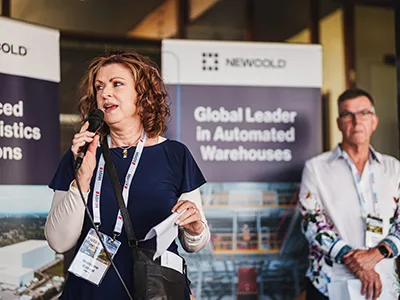

Can you tell us more about the change in cold chain set-point temperature from -18°C to -15°C and how this is impacting energy efficiency?
MK: The move to -15°C is a global campaign to change the standard temperature for frozen food from -18°C to -15°C.
The campaign aims to reduce greenhouse gas emissions, lower supply chain costs, and secure global food resources.
The campaign was launched in 2023 and found that the change in temperature would:
- Save 17.7 million metric tonnes of carbon dioxide (CO2) per year.
- Create energy savings of around 25 terawatt hours (TWh).
- Cut costs in the supply chain by at least five percent and in some areas by up to 12 percent.
What about the development of cold storage facilities and infrastructure across Australia?
MK: There is a booming demand and record rents for Australia’s cold storage facilities. Australia’s cold storage capacity per person is lagging behind the Netherlands, Canada, the UK, and the US, with at least 400,000 square metres (sqm) of new temperature-controlled space required by 2028.
Australia currently has 0.4 cubic metres (cbm) of refrigerated warehouse capacity per urban resident, behind the US at 0.6 cbm and the Netherlands at 0.9 cbm.
To reach US levels would require approximately an additional 400,000 sqm of new warehouse space to be developed in Australia, stretching up to 1.3 million sqm to be in line with the Netherlands.
What was the theme, focus, and aim of the 82nd RWTA Conference that took place in August?
MK: The theme of this year’s RWTA Conference was ‘On Thin Ice, Navigating Australia’s Cold Chain Viability’.
As we confront challenges such as geopolitical unrest, food insecurity and food wastage, environmental changes, regulatory updates, and technological innovations, this theme emphasised the importance of maintaining a robust, strong, and sustainable cold chain operations in our country.
Our aim is to foster dialogue amongst industry leaders, policymakers, and stakeholders to share insights and best practices. The conference will focus on strategies to ensure we bolster overall supply chain sustainability.
We invited attendees to join us in identifying and addressing the key challenges facing our industry, with a focus on collaborative solutions and innovative approaches.
Together, we can strengthen Australia’s cold chain and ensure its long-term viability.
How successful was the conference in strengthening the Australian cold chain and ensuring its long-term viability?
MK: There were multiple speakers, panels, and tech talks to debate what solutions we can integrate into companies to make the year ahead a success.
These include diversity and inclusion, energy consumption, sustainability, usage of land and space to extend the industry, changing the standard temperature for frozen food to -15°C to save on costs without risking quality and confidence in food quality, maximising labour where there are shortages, and much more!
“We aim to strengthen the Australian cold chain industry, ensuring it remains robust, compliant, and competitive in a rapidly evolving global market”
Marianne Kintzel, Executive Officer, Refrigerated Warehouse and Transport Association of Australia
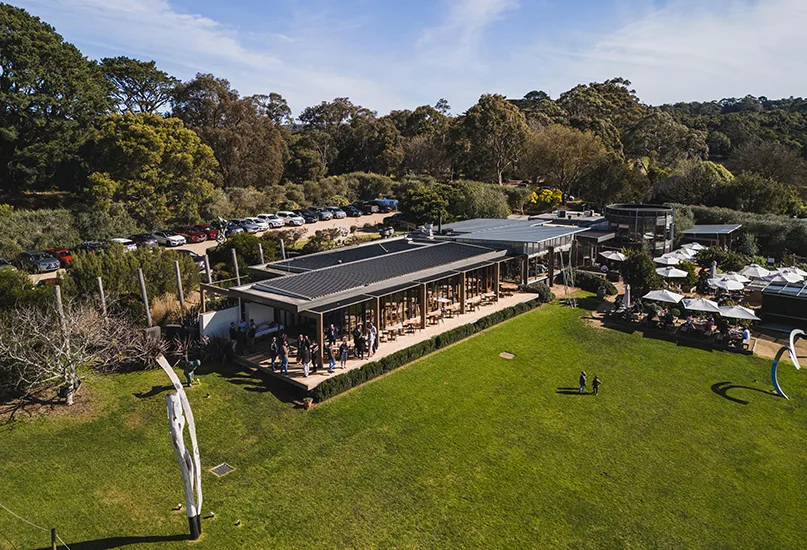
Finally, what are RWTA’s key priorities in order to continue representing the warehousing and transport sectors involved in the Australian cold chain?
MK: RWTA focuses on several key priorities to effectively represent and support the warehousing and transport sectors within the Australian cold chain.
These are designed to address the challenges and opportunities in the industry, ensuring sustainability, compliance, and growth. RWTA’s key priorities involve:
Advocacy and legislative influence
- Regulatory advocacy – RWTA actively engages with government bodies to influence policies and regulations that affect the cold chain industry. This includes lobbying for favourable legislative changes and ensuring that the industry’s needs are considered in policymaking.
- Compliance support – Providing members with guidance and resources to navigate complex regulatory landscapes, helping ensure that they remain compliant with current laws and regulations.
Industry standards and best practices
- Promoting best practices – RWTA is dedicated to promoting and developing industry standards that ensure safety, efficiency, and sustainability in cold chain operations.
- Quality assurance – Encouraging adherence to high-quality standards helps maintain product integrity and consumer safety, which are critical for the reputation and reliability of the cold chain industry.
Education and training
- Professional development – Providing ongoing education and training opportunities for industry professionals to help them stay updated with the latest technologies, practices, and regulatory changes.
- Workforce development – Initiatives to attract, develop, and retain skilled professionals in the cold chain industry, addressing potential skill shortages, and enhancing the workforce capability.
Technological innovation
- Adoption of new technologies – Supporting the adoption of innovative technologies that improve the efficiency and sustainability of cold chain operations, such as IoT, artificial intelligence (AI), and automation.
- R&D – Encouraging research into new methods and technologies that can solve existing challenges in the cold chain sector.
Sustainability and environmental responsibility
- Sustainable practices – Promoting environmental sustainability in warehousing and transport operations, including energy efficiency, waste reduction, and the use of eco-friendly materials and processes.
- Advocacy for green policies – Engaging with policymakers to support the development of green logistics policies that align with global sustainability goals.
Member services and support
- Network and community building – Facilitating networking opportunities for members to share knowledge, collaborate on common challenges, and foster business relationships.
- Member benefits – Offering a range of services tailored to the needs of the cold chain industry, such as legal advice, insurance options, and financial services.
Crisis management and industry support
- Emergency response – Developing and coordinating response strategies for industry-wide crises, such as pandemics or natural disasters.
- Advocacy for industry support – Working to secure government and financial support for the industry during challenging times.
Public awareness and industry image
- Promoting industry value – Enhancing public and stakeholder awareness of the vital role that the cold chain plays in the food supply and health sectors.
- Positive industry representation – Actively working to improve the public image of the warehousing and transport sectors through outreach and education.
By focusing on these priorities, we aim to strengthen the Australian cold chain industry, ensuring it remains robust, compliant, and competitive in a rapidly evolving global market.
REFRIGERATED WAREHOUSE AND TRANSPORT ASSOCIATION OF AUSTRALIA PARTNER

